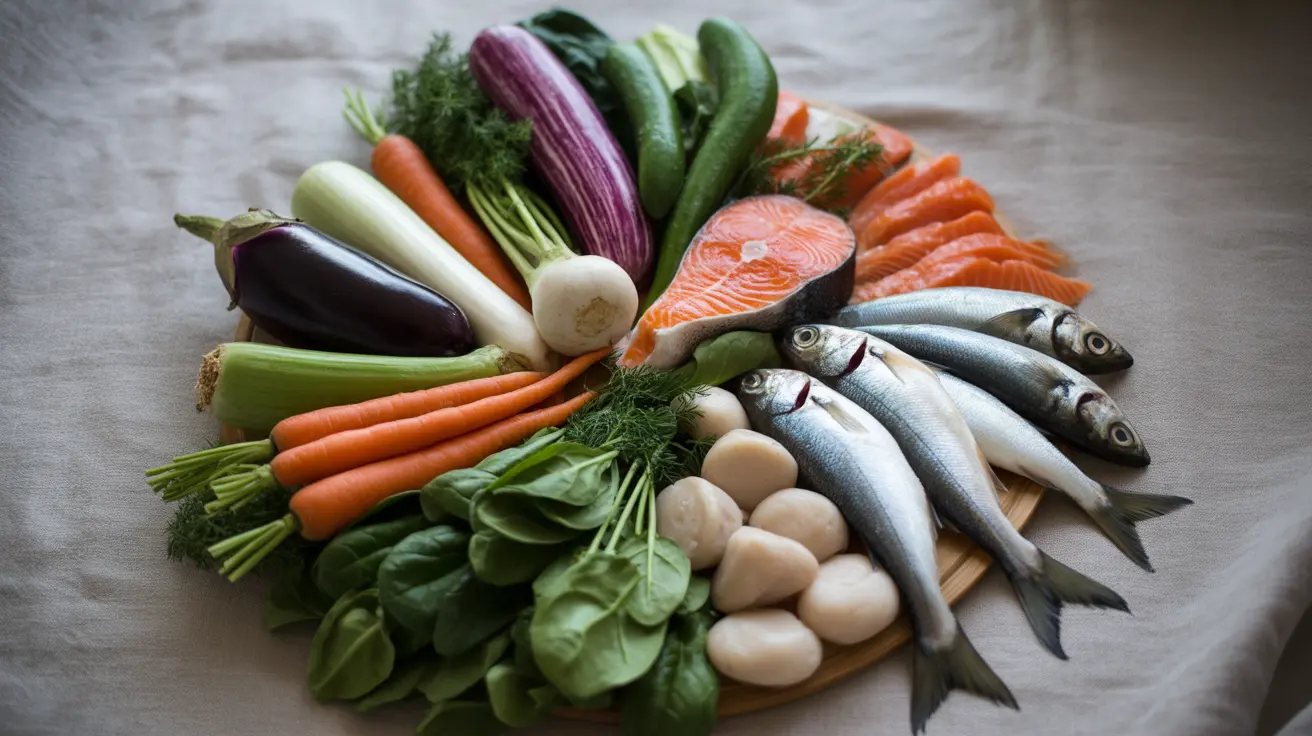Malanga root, a starchy tuber vegetable native to tropical regions, has gained significant attention in the health food community for its impressive nutritional profile and versatile culinary applications. This ancient root vegetable offers numerous health benefits while serving as an excellent alternative for people with dietary restrictions or sensitivities.
Understanding the unique properties and potential health advantages of malanga root can help you make informed decisions about incorporating this nutritious tuber into your diet. Let's explore its benefits, uses, and how it can support various aspects of your health.
Nutritional Profile of Malanga Root
Malanga root is packed with essential nutrients that contribute to overall health and wellness. This versatile tuber contains significant amounts of fiber, vitamins B6 and C, potassium, and magnesium. It's also rich in antioxidants that help combat oxidative stress in the body.
The root's unique composition includes resistant starch, which plays a crucial role in digestive health and blood sugar management. Additionally, malanga root is naturally low in fat while providing sustained energy through its complex carbohydrates.
Cardiovascular Health Benefits
One of the most notable advantages of malanga root is its potential to support heart health. The high potassium content helps regulate blood pressure by counteracting the effects of sodium and promoting proper fluid balance in the body.
The root's fiber content also contributes to cardiovascular health by helping maintain healthy cholesterol levels. Regular consumption may support overall heart function and contribute to a balanced cardiovascular system.
Gluten-Free Alternative for Special Diets
Malanga root has emerged as a valuable option for individuals following gluten-free diets or those with food sensitivities. Its naturally gluten-free composition makes it an excellent alternative to wheat-based products.
The root can be ground into flour, providing a versatile substitute for traditional wheat flour in various recipes. This makes it particularly beneficial for people with celiac disease or gluten sensitivity who need safe, nutritious alternatives.
Culinary Applications and Preparation
Malanga root's versatility in the kitchen makes it an excellent addition to various dishes. It can be:
- Boiled and mashed as a potato substitute
- Ground into flour for baking
- Roasted for a crispy side dish
- Added to soups and stews
- Used in traditional Caribbean and Latin American recipes
When preparing malanga root, it's important to thoroughly clean and peel it before cooking. The root should always be cooked before consumption to ensure proper digestion and nutrient absorption.
Blood Sugar Management and Digestive Health
The complex carbohydrates and fiber in malanga root contribute to steady blood sugar levels, making it a suitable option for people managing diabetes. Its low glycemic index means it's digested slowly, preventing rapid spikes in blood sugar.
The root's high fiber content also supports digestive health by promoting regular bowel movements and feeding beneficial gut bacteria. This can help maintain a healthy digestive system and support overall gut health.
Frequently Asked Questions
What are the main health benefits of eating malanga root? Malanga root provides numerous health benefits, including improved digestive health, better blood sugar control, cardiovascular support, and a rich source of essential nutrients. It's also naturally gluten-free and high in fiber.
How does malanga root help regulate blood pressure and support heart health? Malanga root contains high levels of potassium, which helps regulate blood pressure by balancing sodium levels in the body. Its fiber content also supports healthy cholesterol levels, contributing to overall heart health.
Is malanga root a good gluten-free alternative for people with food allergies or sensitivities? Yes, malanga root is an excellent gluten-free alternative. It can be ground into flour for baking and cooking, making it ideal for people with celiac disease or gluten sensitivity.
How can malanga root be used in cooking and baking as a substitute for potatoes or wheat flour? Malanga root can be boiled, mashed, or roasted like potatoes. When ground into flour, it serves as a substitute for wheat flour in baking recipes, offering versatility in gluten-free cooking.
Does malanga root help with digestion and blood sugar control for people with diabetes? Yes, malanga root's high fiber content and complex carbohydrates support healthy digestion and help maintain steady blood sugar levels. Its low glycemic index makes it suitable for people managing diabetes.




